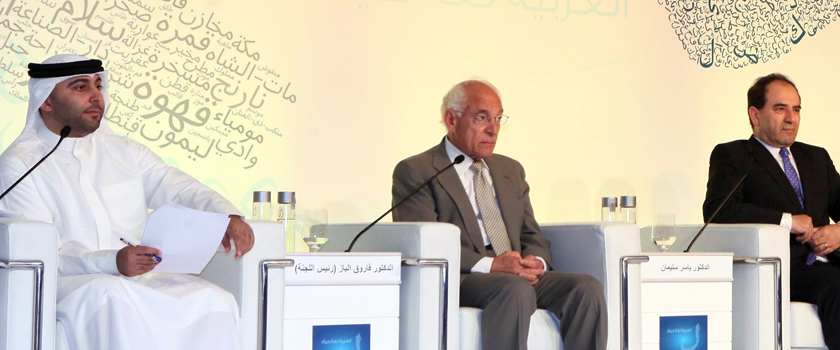2025 Offer Request a Quote Today and Grab a $50 Coupon for Free!
Did you know there is one civilization in the world dating back 5000 years but still is one of the most rapidly advancing nations of the world? Having a population of nearly 1.3 billion, there is no surprise that one in every five people in the world belongs to this country.
You Got It Right. China.
China is a populous country located in East Asia. Apart from having 56 ethnic groups in its folds, China also boasts of a magnanimous 279 languages that date back to pre-historic times. To fully understand this linguistic fact, we have to dig deeper in our quest to know how many languages are there in China.
Mandarin is known as the “common tongue” and has been the official language of China since 1913. This language is based on the ethnic group of Han, originating from the North and based on Mandarin variation spoken during the Manchu dynasty in Beijing.
Standard Mandarin is usually called “Han language” in China, but the term pǔtōnghua (meaning the “common language”) is frequently used in China. Mandarin is such an important language that it has been included as one of the six official languages of United Nations.
Want to know what are the other 5 official languages of the largest world organization?
The language of approximately 11 million people in China, Uyghur language is primarily the language of Uyghur population located in the Western most part of China.
This language has a Turkic origin and is influenced by Persian and Arabic, but while it is spoken by people in China, it belongs to a completely different language group than Mandarin.Uyghur is accepted as an official language along with Mandarin in Xinjiang and uses the Arabic script in writing.
When it comes to answering the question of how many languages are there in China, Mandarin and Cantonese take the crown. In fact, the two most widely known and most spoken variants of Chinese are Mandarin and Cantonese. To people who don’t know the difference, these two languages seem interchangeable.
The word “Cantonese” has an interesting history. Guangzhou, the capital of China’s Guangdong province was formerly known as Canton, from which the name “Cantonese” has been derived. There are roughly 60 million Cantonese speakers in China, based primarily in the province of Guangdong and in Hong Kong, where Cantonese is the lingua franca.
The Hmong language, also known as Chuanqiandian Miao is a language of approximately 3 million people in China, most of whom reside in provinces of Sichuan, Yunnan, Guangxi, and Guizhou. This language is part of the Hmong-Mein family, spoken in the mountainous region of southern China and Southeastern Asia.
The Mongolian language is native to Mongolia but is most widely spoken in China’s Inner Mongolia province. Mongolian is a part of a distinct language group called Mongolic and is spoken in parts of Liaoning, Heilongjiang, Jilin, Gansu, and Xinjiang provinces. This language has such an influence over China that one of the major dynasties of China is Mongolian.
While Hakka Chinese belong to same language group as Mandarin, it contains more similarities to the Gan language that is mainly spoken in Jiangxi province. Spoken by Hakka people, it is the language of 30 million people, making it one of the major regional languages of China.
However, due to the fact that the speakers of this language are scattered across China, Hakka has developed many distinct dialects.
When one categorizes the most widely spoken languages in the world, this language counts as one of them, occupying the 17th position. Whereas most of the Korean speaking resides in North and South Korea, a small number of them exist in the northeast Jilin province.
Korean is also one of the two official languages of Yanbian Korean Autonomous Prefecture, in the north east of Jilin.
A variety of Wu Chinese spoken by Shanghai natives, Shanghainese language shares a very minor 29% lexical similarity with Mandarin and therefore is used to distinguish between the native Chinese and migrant population as a significant portion of Shanghai’s population is migrant workers.
Kazakh, a minority language in China, belongs to the same Turkic family as Uyghur. Spoken by only 27% of Kazakh population of China, it is concentrated mainly in the Kazakh Autonomous Prefecture.
Tibetan is a minor language of China and is broken into three primary groups—Central Tibetan, Kham and Amdo. It is unsurprisingly spoken by Tibetan population and Standard Tibetan is often called Lhasa Tibetan due to it being based on the speech of Lhasa.
Looking at the above information on how many languages are there in China, it comes as no surprise that it is one of the most culturally and linguistically diverse nations in the world. The language of the Chinese people depend, therefore, on where they are located geographically in China.

Turkey, the country straddling eastern Europe and western Asia is one of the most advanced and rapidly developing countries of
Read more
Mumbai (formerly known as Bombay) is the largest city of India and a cosmopolitan metropolis. Located on India’s west coast,
Read more
Mars Translation believes in bringing the best side of your business forward and that is why we have multiple international
Read more
Mars Translation provides one of a kind professional Danish translation services all over the world. All of Mars Translation’s translators
Read more
Mars Translation believes in bringing the best side of your business forward and that is why we have multiple international
Read more
Informed consent is the process by which doctors provide necessary medical information to their patients so that they can agree
Read more
Pune, also known as Puna, is the second largest city in the west-central Indian state of Maharashtra. It is the
Read more
Do you have a birth certificate in another language that needs to be translated into Russian language? If so, we
Read more
Recognizing an employee award is entirely convenient. It is both a formal and an informal acknowledgement of an employer’s effort,
Read more

